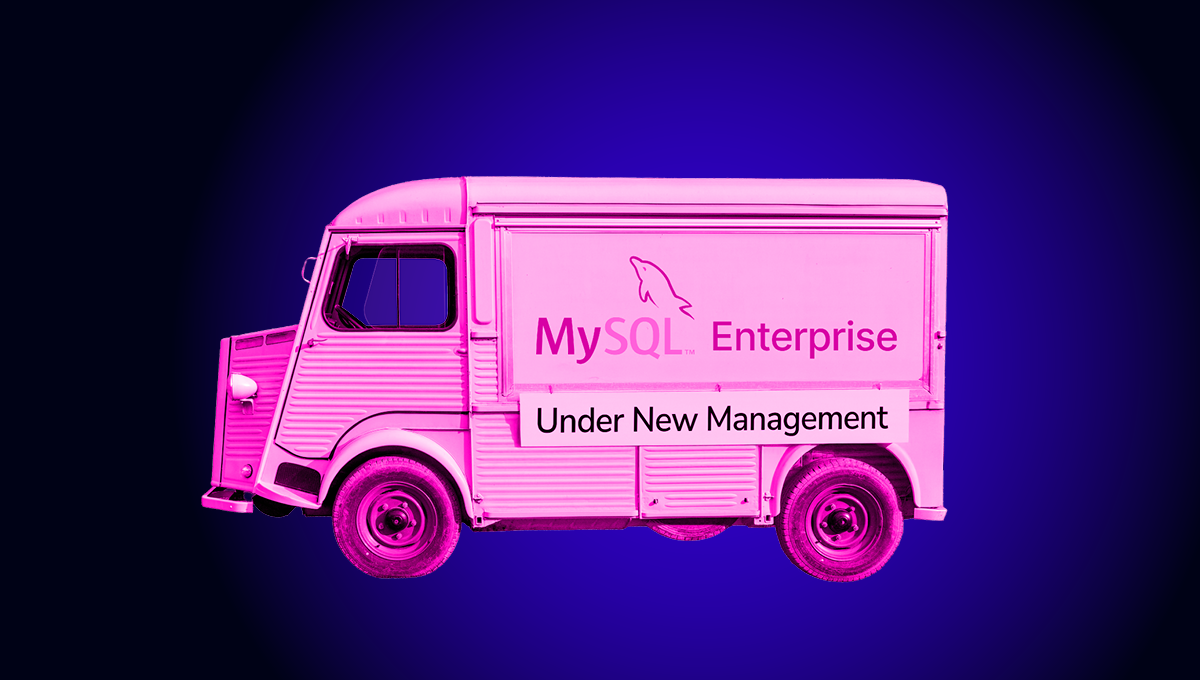blog
Using the pt-pg-summary Percona Toolkit for PostgreSQL

The Percona Toolkit is a powerful, free, and open-source product developed by Percona. It is a collection of command-line tools that allow you to perform different MySQL, MongoDB, PostgreSQL, and system tasks that, in general, are too complex to perform manually. It supports Percona Server for MySQL, MySQL, MariaDB, PostgreSQL, Percona Server for MongoDB, and MongoDB.
In this blog, we will show you how to install Percona Toolkit and how to use a new tool added recently in the Percona Toolkit package called pt-pg-summary.
Installing Percona Toolkits
First, let’s see how to install Percona Toolkits to be able to use pt-pg-summary. In this case, we will use CentOS 7 and PostgreSQL 12.
Install the Percona Repository:
$ yum install https://repo.percona.com/yum/percona-release-latest.noarch.rpmHaving the repository installed, you should be able to install the percona-toolkit package:
$ yum install percona-toolkitNow you just need to run it using the correct parameters.
$ pt-pg-summary --help
usage: pt-pg-summary []
Percona Toolkit - PostgreSQL Summary
Flags:
--help Show context-sensitive help (also try --help-long and --help-man).
--version Show application version.
--databases=DATABASES ... Summarize this comma-separated list of databases. All if not specified
-h, --host=HOST Host to connect to
-W, --password=PASSWORD Password to use when connecting
-p, --port=PORT Port number to use for connection
--sleep=10 Seconds to sleep when gathering status counters
-U, --username=USERNAME User for login if not current user
--disable-ssl Diable SSL for the connection
--verbose Show verbose log
--debug Show debug information in the logs Running Percona Toolkits
When you run this tool, you will see an output grouped by the following categories:
- Database Port and Data_Directory
- List of Tablespaces
- Slave and the lag with Master
- Cluster Information
- Databases
- Index Cache Hit Ratios
- Table Cache Hit Ratios
- List of Wait_events for the entire Cluster – all-databases
- List of users and client_addr or client_hostname connected to –all-databases
- Counters diff after 10 seconds
- Table access per database
- Instance settings
- Processes startup command
So, let’s run it on a PostgreSQL instance to see an example:
$ pt-pg-summary -hlocalhost -p5432 -UadmindbThe first action is to collect the information from your PostgreSQL server:
INFO[0000] Connecting to the database server using: host=localhost port=5432 user=admindb sslmode=disable dbname=postgres
INFO[0000] Connection OK
INFO[0000] Detected PostgreSQL version: 12.0.5
INFO[0000] Getting global information
INFO[0000] Collecting global counters (1st pass)
INFO[0000] Collecting Cluster information
INFO[0000] Waiting 10 seconds to read counters
INFO[0000] Collecting Connected Clients information
INFO[0000] Collecting Database Wait Events information
INFO[0000] Collecting Global Wait Events information
...Then, it will show all the collected information in this way:
##### --- Database Port and Data_Directory --- ####
+----------------------+----------------------------------------------------+
| Name | Setting |
+----------------------+----------------------------------------------------+
| data_directory | /var/lib/pgsql/12/data |
+----------------------+----------------------------------------------------+
##### --- List of Tablespaces ---- ######
+----------------------+----------------------+-----------------------------+
| Name | Owner | Location |
+----------------------+----------------------+-----------------------------+
| pg_default | postgres | |
| pg_global | postgres | |
+----------------------+----------------------+-----------------------------+
##### --- Slave and the lag with Master --- ####
+----------------------+----------------------+------------------+----------+
| Application Name | Client Address | State | Lag |
+----------------------+----------------------+------------------+----------+
| pgsql_14_node_0 | 10.10.10.127 | streaming | 0.00 |
+----------------------+----------------------+------------------+----------+
##### --- Cluster Information --- ####
+---------------------------------------------------------------------------+
Usename : admindb
Time : 2020-11-12 17:27:18.200552 +0000 UTC
Client Address : ::1
Client Hostname:
Version : PostgreSQL 12.5 on x86_64-pc-linux-gnu, compiled by gcc (GCC) 4.8.5 20150623 (Red Hat 4.8....
Started : 2020-11-12 17:07:07.185407 +0000 UTC
Is Slave : false
+---------------------------------------------------------------------------+
##### --- Databases --- ####
+----------------------+------------+
| Dat Name | Size |
+----------------------+------------+
| postgres | 8193 kB |
| template1 | 8193 kB |
| template0 | 8049 kB |
+----------------------+------------+
##### --- Index Cache Hit Ratios --- ####
Database: postgres
+----------------------+------------+
| Index Name | Ratio |
+----------------------+------------+
| index hit rate | 0.00 |
+----------------------+------------+
##### --- Table Cache Hit Ratios --- ####
Database: postgres
+----------------------+------------+
| Index Name | Ratio |
+----------------------+------------+
| cache hit rate | 0.00 |
+----------------------+------------+
##### --- List of Wait_events for the entire Cluster - all-databases --- ####
+----------------------+----------------------+---------+
| Wait Event Type | Event | Count |
+----------------------+----------------------+---------+
| Activity | BgWriterHibernate | 1 |
| Activity | WalWriterMain | 1 |
| Activity | LogicalLauncherMain | 1 |
| Activity | WalSenderMain | 1 |
| Client | ClientRead | 2 |
| Activity | CheckpointerMain | 1 |
| Activity | AutoVacuumMain | 1 |
+----------------------+----------------------+---------+
##### --- List of users and client_addr or client_hostname connected to --all-databases --- ####
+----------------------+------------+---------+----------------------+--------+
| Wait Event Type | Client | State | Count |
+----------------------+------------+---------+----------------------+--------+
| admindb | 10.10.10.121/32 | idle | 2 |
| cmon_replication | 10.10.10.127/32 | active | 1 |
| admindb | ::1/128 | active | 1 |
+----------------------+------------+---------+----------------------+--------+
##### --- Counters diff after 10 seconds --- ####
+----------------------+-------------+------------+--------------+-------------+------------+-------------+------------+-------------+------------+------------+-----------+-----------+-----------+------------+
| Database | Numbackends | XactCommit | XactRollback | BlksRead | BlksHit | TupReturned | TupFetched | TupInserted | TupUpdated | TupDeleted | Conflicts | TempFiles | TempBytes | Deadlocks |
+----------------------+-------------+------------+--------------+-------------+------------+-------------+------------+-------------+------------+------------+-----------+-----------+-----------+------------+
| | 0 | 0 | 0 | 0 | 119 | 77 | 31 | 0 | 0 | 0 | 0 | 0 | 0 | 0 |
| postgres | 0 | 39 | 0 | 0 | 1541 | 1641 | 816 | 0 | 0 | 0 | 0 | 0 | 0 | 0 |
...
##### --- Table access per database --- ####
Database: postgres
+----------------------------------------------------+------+--------------------------------+---------+
| Relname | Kind | Datname | Count |
+----------------------------------------------------+------+--------------------------------+---------+
| pg_database_datname_index | i | | 1 |
| pg_class | r | postgres | 1 |
| pg_database | r | | 1 |
...
##### --- Instance settings --- ####
Setting Value
allow_system_table_mods : off
application_name :
archive_cleanup_command :
archive_command : (disabled)
archive_mode : off
archive_timeout : 0
array_nulls : on
authentication_timeout : 60
autovacuum : on
autovacuum_analyze_scale_factor : 0.1
…
##### --- Processes start up command --- ####
PID : Command line
5158 : /usr/pgsql-12/bin/postgres -p 5432Now you have all this information, you can use it for different purposes like troubleshooting, performance monitoring, or even to have an overview of your current configuration. You can also complement this with another Percona Toolkit like “pt-summary” to have more information about the system where it is running.
Conclusion
Percona Toolkit is a powerful tool to help you with database management tasks. Now with pt-pg-summary, you will be able to have information about your PostgreSQL instance, and you can integrate this in a monitoring system or even combine this tool with another Percona Toolkit component to collect even more information from your systems.




